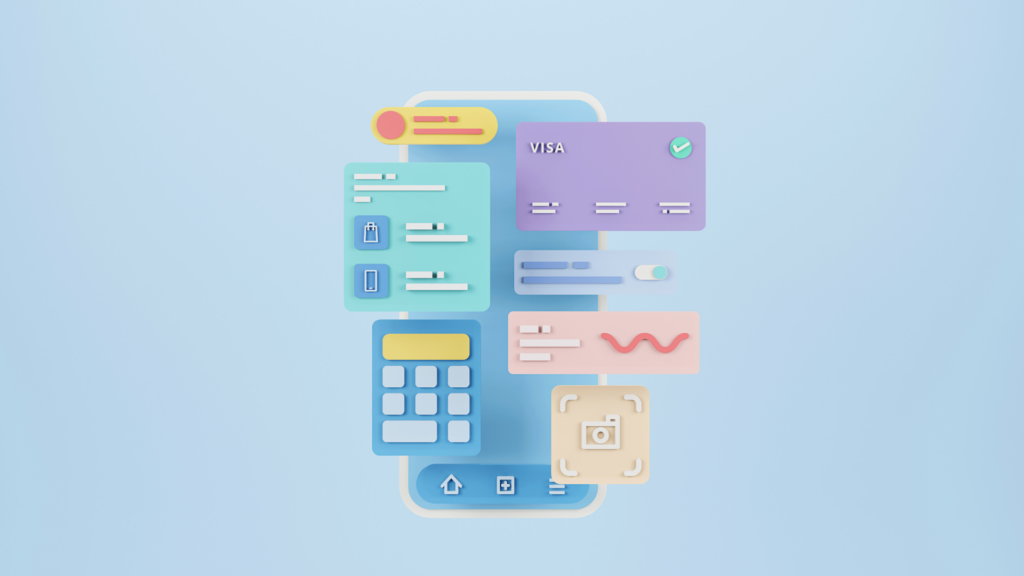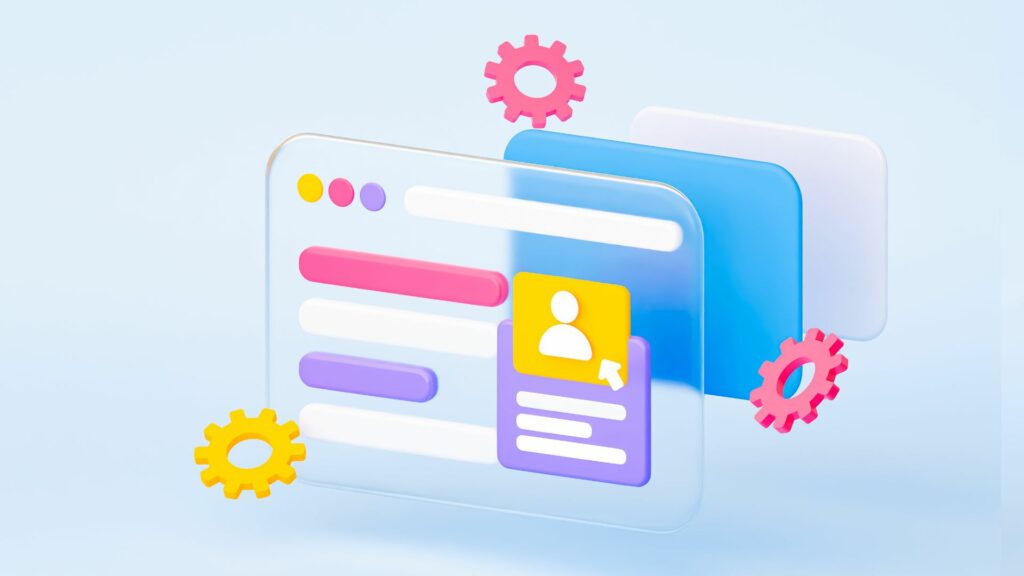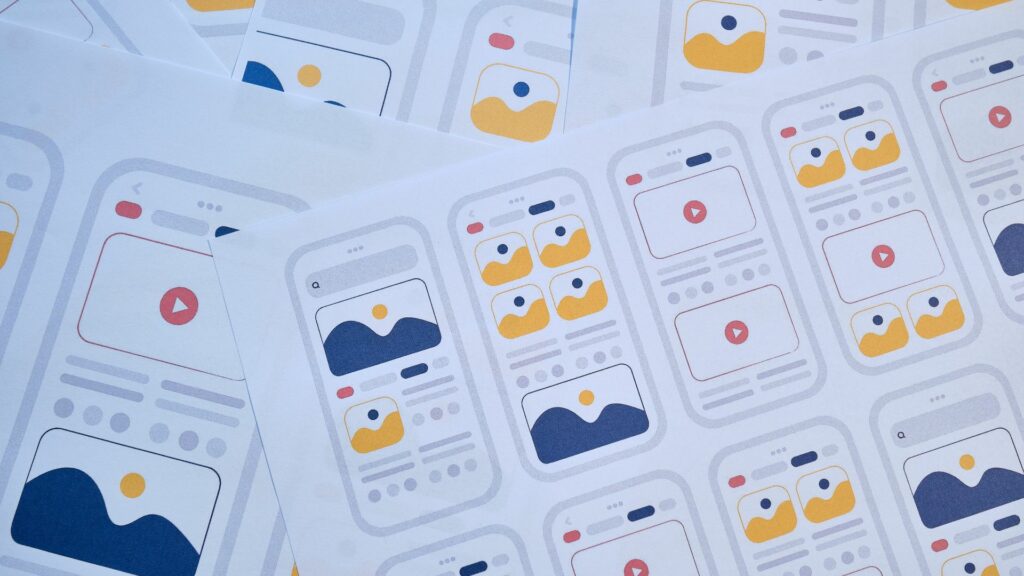
User Interface (UI) design, usability testing and user research has been a game-changer in how we interact with technology. It’s a field that blends visual design, interaction design, and user experience to create interfaces that are not only visually appealing but also intuitive and efficient.
The History of UI Design
Starting from the basic command-line interfaces of the 1960s to the sophisticated, user-centric designs of today, UI design has evolved to meet the changing needs and expectations of users. We will explore the milestones in the history of UI design and examine how it has transformed from a purely functional entity into a crucial element of user experience.
The Genesis: Command-Line Interfaces
Starting from the basic command-line interfaces of the 1960s to the sophisticated, user-centric designs of today, UI design has evolved to meet the changing needs and expectations of users. We will explore the milestones in the history of UI design and examine how it has transformed from a purely functional entity into a crucial element of user experience.
The Graphical Revolution: Introduction of GUI
Starting from the basic command-line interfaces of the 1960s to the sophisticated, user-centric designs of today, UI design has evolved to meet the changing needs and expectations of users. We will explore the milestones in the history of UI design and examine how it has transformed from a purely functional entity into a crucial element of user experience.
The Internet Age: Web UI Development
The explosion of the internet in the late 1990s and early 2000s marked another significant milestone. Web UI design became paramount, with a focus on creating websites that were not only functional but also visually appealing and intuitive. This era emphasized layout design, color schemes, and interactivity, setting the stage for modern web design principles.
Mobile Revolution and Responsive Design
The explosion of the internet in the late 1990s and early 2000s marked another significant milestone. Web UI design became paramount, with a focus on creating websites that were not only functional but also visually appealing and intuitive. This era emphasized layout design, color schemes, and interactivity, setting the stage for modern web design principles.

Design Philosophies and Principles
In the ever-evolving landscape of design, understanding and applying core design philosophies and principles is essential. Whether you’re a seasoned designer or a novice in the field, these foundational elements not only guide your creative process but also ensure that your work resonates with its intended audience.
Here are some key design principles that have shaped the industry and continue to influence the creation of compelling and functional design.
Simplicity Is Key
In the ever-evolving landscape of design, understanding and applying core design philosophies and principles is essential. Whether you’re a seasoned designer or a novice in the field, these foundational elements not only guide your creative process but also ensure that your work resonates with its intended audience.
Here are some key design principles that have shaped the industry and continue to influence the creation of compelling and functional design.
Form Follows Function
Originating in architecture and industrial design, this principle asserts that a design’s shape should primarily relate to its intended function or purpose. For digital design, this means creating elements that are not just visually appealing but also serve a clear purpose.
User-Centered Design (UCD)
Originating in architecture and industrial design, this principle asserts that a design’s shape should primarily relate to its intended function or purpose. For digital design, this means creating elements that are not just visually appealing but also serve a clear purpose.
Visual Hierarchy
Guiding the User’s Eye: Effective use of visual hierarchy helps in guiding the user’s attention to the most important elements first. This can be achieved through the use of size, color, contrast, and placement.
Responsive Design
Adaptable Across Devices: With the multitude of devices available today, responsive design is crucial. This principle involves designing content that adapts gracefully to different screen sizes and orientations, providing an optimal experience on any device.
Emotional Design
Creating Emotional Connections: This philosophy is about evoking positive emotions through design, making the user experience more enjoyable and memorable. It can involve the use of color, imagery, and interactive elements to create a connection with the user.

Current User Interface Trends
Minimalism and Simplified User Journeys
Minimalism remains a dominant trend in UI design, focusing on simplicity and the ‘less is more’ philosophy. This trend is all about clean layouts, open space, and a reduction in the use of heavy design elements. The aim is to create interfaces that are easy to navigate and understand. Simplified user journeys are also a part of this trend, where the design guides users through a seamless process with fewer distractions and clearer call-to-action prompts.
Dark Mode
Dark mode has seen a surge in popularity, becoming more than just an aesthetic choice. It offers a reduced strain on the eyes in low-light conditions and can save battery life on devices with OLED and AMOLED screens. Many apps and operating systems now offer dark mode as an alternative theme, and designers are increasingly creating interfaces that can switch between light and dark modes seamlessly.
Advanced Interactivity and Microinteractions
Interactivity is taking a front seat for product designers, with a focus on engaging user requirements and interactive elements. Animated buttons, toggles, and other small animations, play a significant role in enhancing the user experience by providing feedback and a sense of dynamism. These small animations can make interfaces feel more intuitive and alive.
Inclusive and Accessible Design
Inclusivity and accessibility in UI design are becoming increasingly important. This trend involves creating designs that are usable by people of all abilities, including those with disabilities. It includes considerations for color contrast, font size, navigation, and compatibility with assistive technologies.
Future of UI Design
As we look towards the future of information architecture, it’s clear that the field is poised for exciting and transformative developments. These advancements are not just about aesthetics but about creating more intuitive, inclusive, and immersive experiences for users.
Our design teams are excited for these future trends and are committed to staying at the cutting edge of UI design. Whether you’re looking for a fresh UI design, an engaging user experience, cutting-edge web design, or reliable web development, we’re here to help. Based in Calgary, we’re equipped with the expertise and passion to bring your digital visions to life, ensuring they’re not only beautifully designed but also future-ready. Let’s collaborate to create digital experiences that are both innovative and impactful.